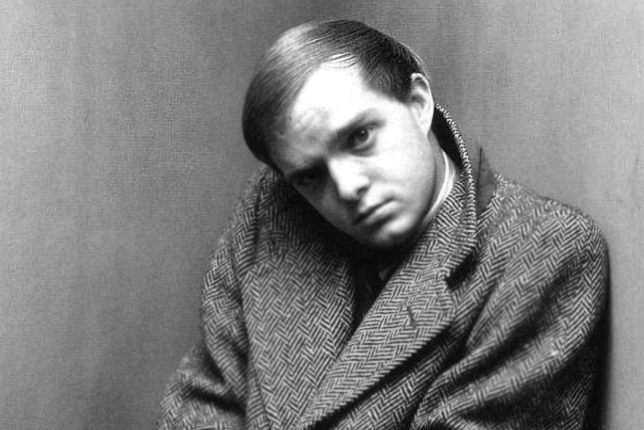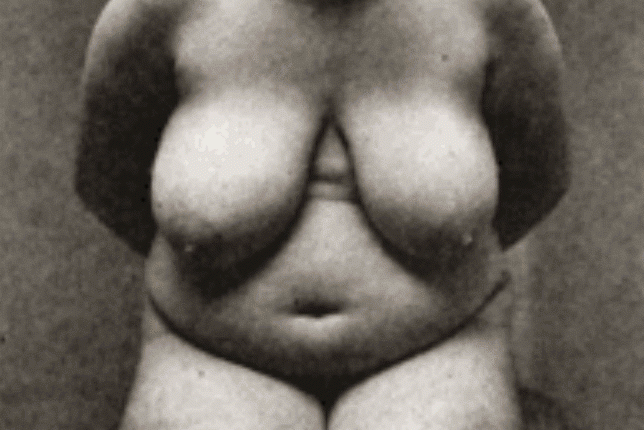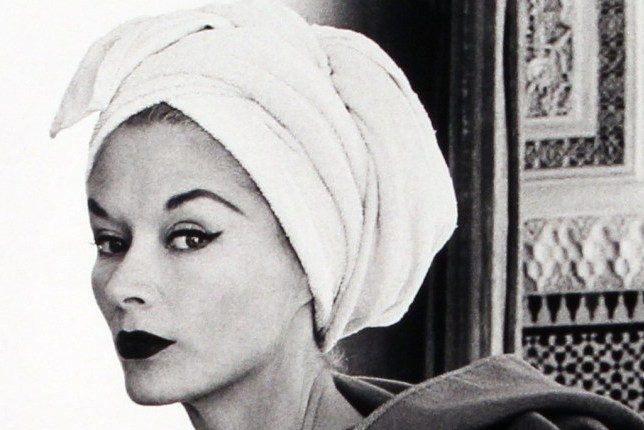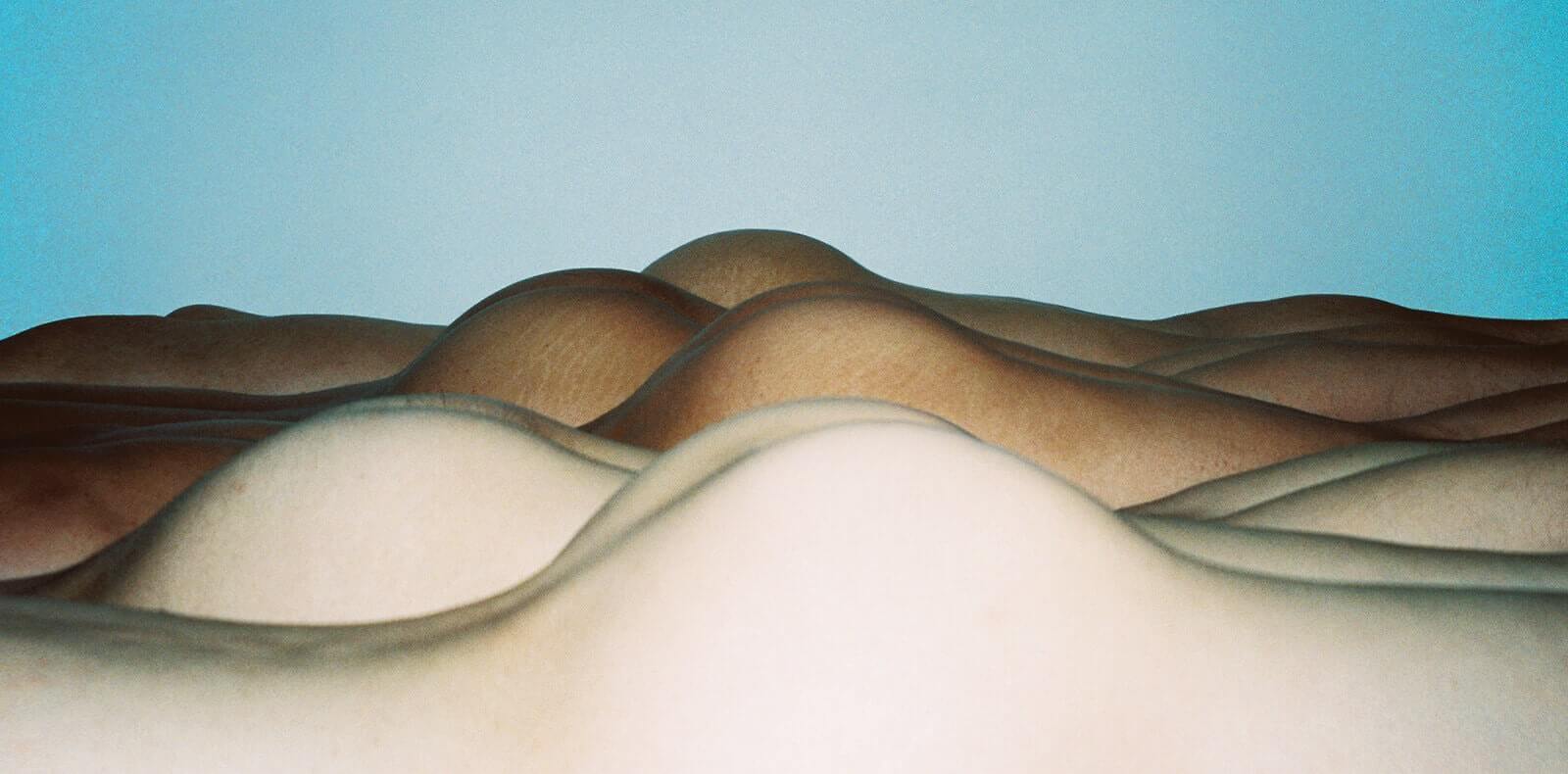
10 Things to Know about Irving Penn

Irving Penn’s timeless profundity is defined by the simplicity of his works; focussing solely on the subject at hand. Penn’s black and white photos rewrote the rules of satin evening gloves and tapered waists of 1950s Paris, turning the commercial photo into a powerful visual vocabulary. Dainty, Balenciaga-wearing models are metamorphosed into Roman marble copies through his lens. Describing his own photos as “beatitudes”, Penn “blessed” not only the fashion industry but also the world of fine art photography: turning even discarded cigarettes and decaying flowers into sophisticated and influential images. Artsper invites you to discover ten facts about the American artist who successfully transformed fashion photography into an accredited form of high art.
1. He originally wanted to be a painter

From 1934 to 1938, Penn was a painting, drawing, and industrial design student at the Philadelphia Museum School of Industrial Art. He then traveled to Mexico in 1941 to paint but was so disappointed by his work that he destroyed all his artworks before heading back to New York. Despite his lack of formal training, he took on a photographic assignment for the new art director at Vogue, Alexander Liberman, in 1943. Through his camera, he experimented with covers and ideas before establishing himself as a professional fashion photographer. Penn’s portraits and fashion shoots were incredibly progressive for the time, as he favored a refined composition as opposed to an elaborate backdrop, often photographing his subjects against a plain wall.
2. Penn’s first photos for Vogue were still lifes

Irving Penn firmly believed that what the camera included is as important as what is excluded, which in this case were fashion models. His first attempt at fashion photography resulted in the first-ever still life on the cover of Vogue and depicted an unorthodox composition of a scarf, gloves, lemons, oranges, a leather bag, and a topaz. Works like Still Life with Ace of Hearts reshaped how fashion photography and magazines were viewed. In eliminating the expected content of a fashion platform, Penn modernized and revolutionized fashion periodicals, turning Vogue into a powerful portfolio of high art photography.
3. He quite literally backed his subjects into a corner

Irving Penn’s “corner portraits” consisted of putting celebrities into narrow corners, and then photographing them in uncomfortable positions. Writers, artists, and actors he photographed included Martha Graham, Marcel Duchamp, Pablo Picasso, Georgia O’Keeffe, W. H. Auden, and Igor Stravinsky. This unusual compositional technique allowed Penn to interrupt the “perfection” of his idealized famous subjects, and show them in a less flattering light. This way the previously unseen angles of their personalities could be captured by Penn’s camera and his ingenious corners.
4. Despite his role in fashion photography, Penn favoured a curvier female model

Penn’s choice to trade in his svelte subjects for more voluptuous models made him a maverick of the mid-century. Gone were the lithe, bird-like figures dressed in haute couture, and his focus was instead filled with pulpous bellies and wilting breasts. The rotundity of these bodies recalls classical depictions of women, where corpulence was celebrated as a sign of fertility. This radical advancement in nude photography helped the world reconsider the archetype of femininity, an idealization that we continue to try and redefine today.
5. He grew bored of normal photography so he reintroduced the pre-war technique of platinum printing

In the early 1960s, Penn transformed his photos into artworks by experimenting with platinum printing; one of the most technically difficult photographic techniques. The prints are made by placing the negative and emulsion-coated paper in direct contact with each other. This would result in warm, rusty hues. Penn went on to apply chemicals directly to the image with a brush, resulting in tonally-rich works of art. Inspired by this process, he closed his studio in the early 1970s for thirteen years, opening a platinum printing lab on his family farm in Long Island.
6. He married the first ever supermodel

Irving Penn met Swedish fashion model, Lisa Fonssagrives, at a photoshoot in 1947 and later married her in 1950. As his lover and muse, Penn frequently photographed Fonssagrives. In 2004, one of Penn’s many photographs of his wife sold at the Elton John photography collection auction held by Christie’s, for $57,360.
7. He invented “the exotic fashion shoot”

Through his work with Vogue, Penn traveled the world. He photographed models in Japan, Crete, Spain, Dahomey, Nepal, Cameroon, New Guinea, and Morocco. Whilst abroad, Penn began focussing on photographing his subjects in natural light, surrounded by textiles indicative of the country they were in. This gave rise to the “exotic fashion shoot”, a concept he dreamt of when working in a windowless office earlier in his life. However, it is important to note that these works are not ethnographically accurate; Penn utilizes stereotypically “exotic” elements to engage his Western audience.
8. Despite his fame he was intensely private and insecure

With a career spanning nearly 70 years, he is one of the twentieth century’s greatest photographers. His works were (and still are) plastered across the most celebrated fashion publications worldwide. However, despite being one of Vogue’s most famous photographers, Penn avoided the spotlight and privately pursued his work with fierce dedication. Although his insecurities didn’t outwardly manifest in his works, he revealed to the New York Times that “In the studio, too, I like it to be in no way grand. Nor do I feel grand, because I’m full of doubts still about the ability to get the picture I’m going to take”.
9. He pushed boundaries in his works

Penn constantly sought innovation in his works. Even at the age of 85, he created one of the most outré and technically difficult works of his career. Vogue commissioned Penn to photograph a piece for an article describing the harm cold water can do to the skin. Possibly indicative of his cynicism of the project, Penn produced Head in Ice. He took a decapitated, red-lipped mannequin, froze the head in ice, and chipped away at the ice block with a pick. The result is simultaneously macabre and elegant, refashioning a banal editorial into a work of art.
10. In spite of his reputation at Vogue, the editors found his work too eccentric and harsh.

In the early 1950s, the editors at Vogue briefly reduced Penn’s workload because his photos “burned on the page”. Instead, he turned to advertising, allowing him to explore more diverse and creative photographic assignments.

About Artsper
Founded in 2013, Artsper is an online marketplace for contemporary art. Partnering with 1,800 professional art galleries around the world, it makes discovering and acquiring art accessible to all.
Learn more













